Psalter
Texts and Images
Medieval Psalters, comprising 150 Psalms, were often divided into ten sections for daily recitation, with historiated initials marking the main divisions at Psalms 1, 26, 38, 51, 52, 68, 80, 97, 101 and 109. Originally, the Macclesfield Psalter would have contained a complete set of initials — one for each 'division' Psalm — but due to a loss of folios, the historiated initials for Psalms 68, 80, and 101 are missing.
Various subjects were used to illustrate the opening initials of the Psalms marking these main divisions, although many illuminators throughout Western Europe adopted the standard imagery conceived c. 1200 in Paris, the leading centre of manuscript production. The vast majority of 14th-century English Psalters show the images familiar from the Parisian programme. By contrast, with one exception (the initial for Psalm 52, fol. 77r), the Macclesfield Psalter follows an English programme of Psalm illustration that is first found in early 13th-century Psalters associated with Winchester and Oxford. The pictorial cycle includes events from the life of King David (the purported author of the Psalms), Jonah’s encounter with a great fish, images relating to Christ’s Incarnation, and other aspects of biblical history and doctrine. Only three other extant 14th-century Psalters follow the English pictorial programme as consistently: the Gorleston Psalter (London, BL, Add MS 49622), the Ormsby Psalter (Oxford, Bodleian Library, MS Douce 366), and the Douai Psalter (Douai, Bibliothèque municipale, MS 313). All three manuscripts are closely related to the Macclesfield Psalter. Lesser text divisions are signalled by smaller ornamental initials with foliate motifs, ‘portrait’ busts, and, occasionally, geometric patterns, and small initials in burnished gold on coloured grounds.
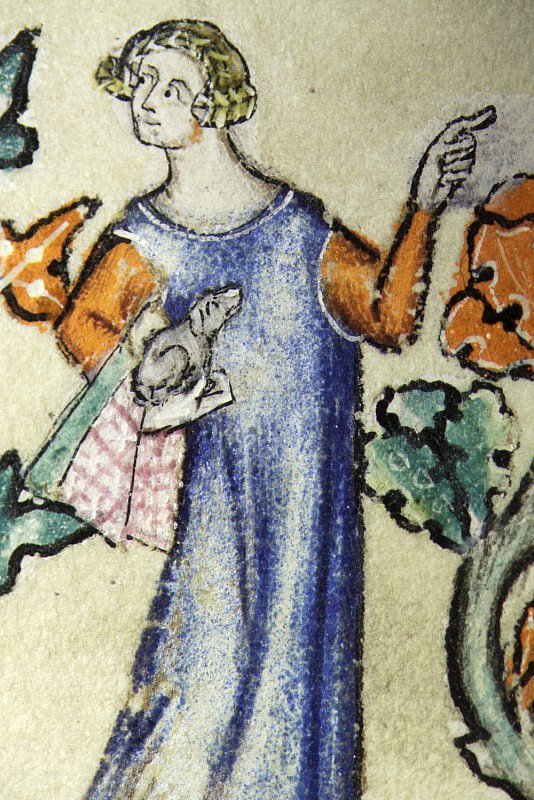
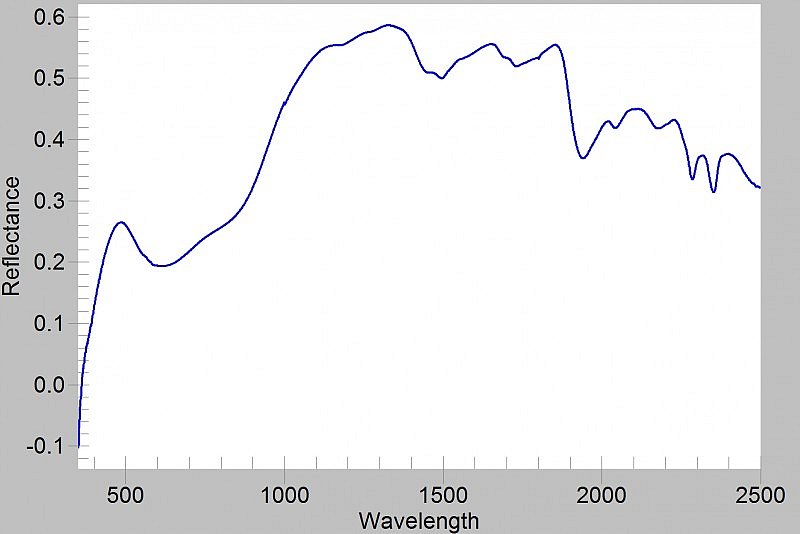
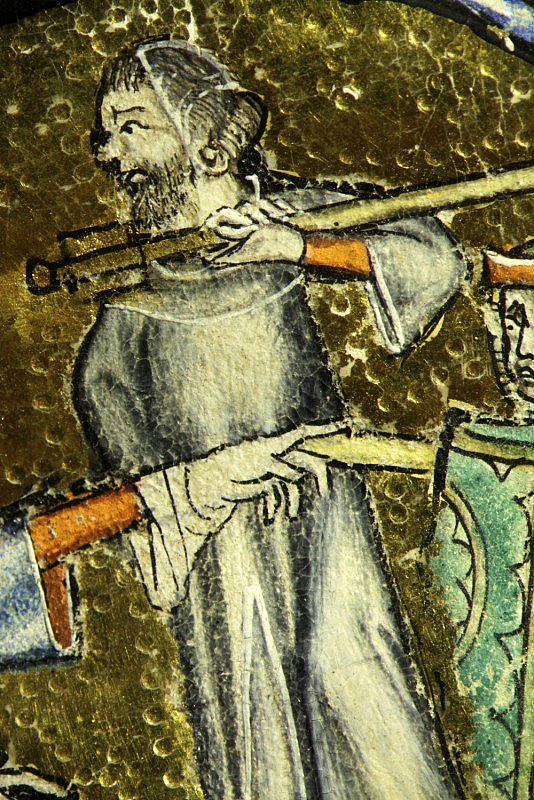
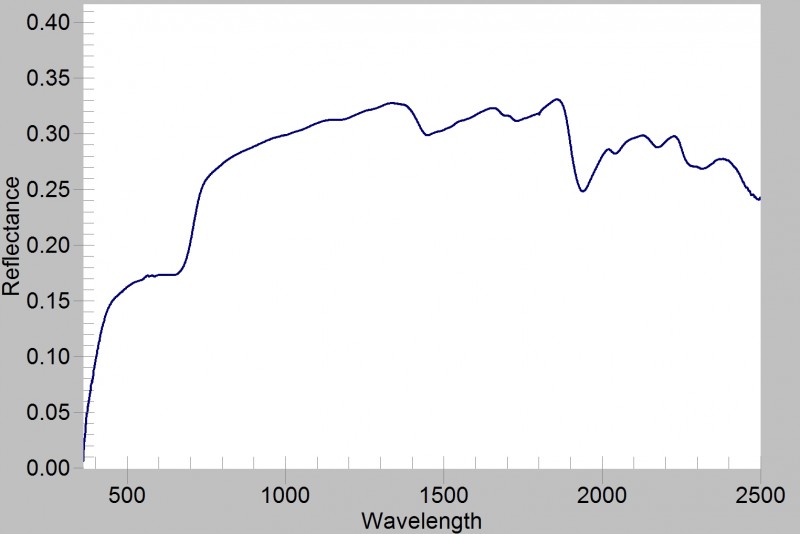
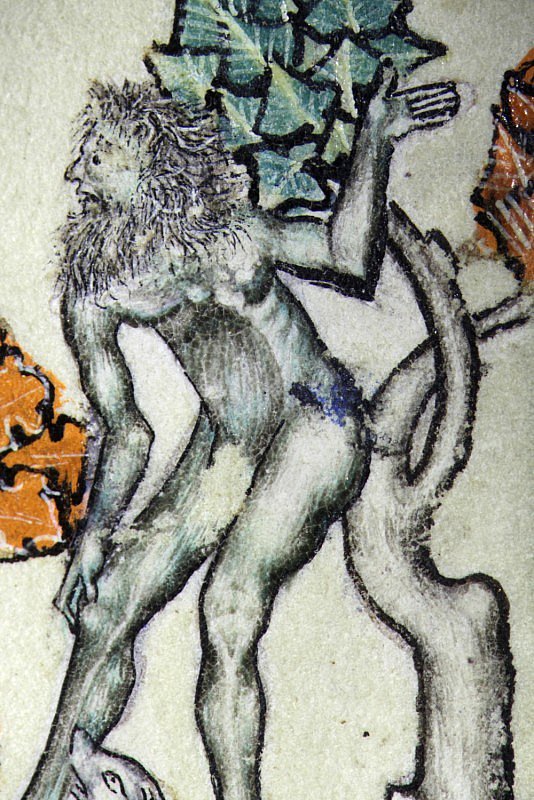
Historiated initial D: King Saul ordering Doeg to kill the priests of Nob (Psalm 38)
This initial deviates from the typical subject matter for Psalm 38 in the traditional English cycle. Instead of showing the Judgment of Solomon, it shows the story of King Saul ordering Doeg to murder Achimelech and his fellow priests of Nob. The jealous king decided to kill the priests because he was angry that they had offered refuge to his rival, David. Saul assigned the task to Doeg, his chief herdsman, when his soldiers (represented here by a fully armed knight), refused to carry out his orders. The initial extends into a full foliate border featuring a bust within a medallion. A mounted knight, a noblewoman cradling her lap dog, and a wild man are depicted in the bas-de-page scene.
This page contains both blue pigments found in the manuscript: azurite, used extensively here in the borders and in the tunics of King Saul and the noblewoman shown in the lower margin (hotspot 1); and indigo, found in Doeg’s grey-blue tunic (hotspot 2) and in the horse. The wild man’s grey-green flesh tone was instead obtained with verdigris (hotspot 3).